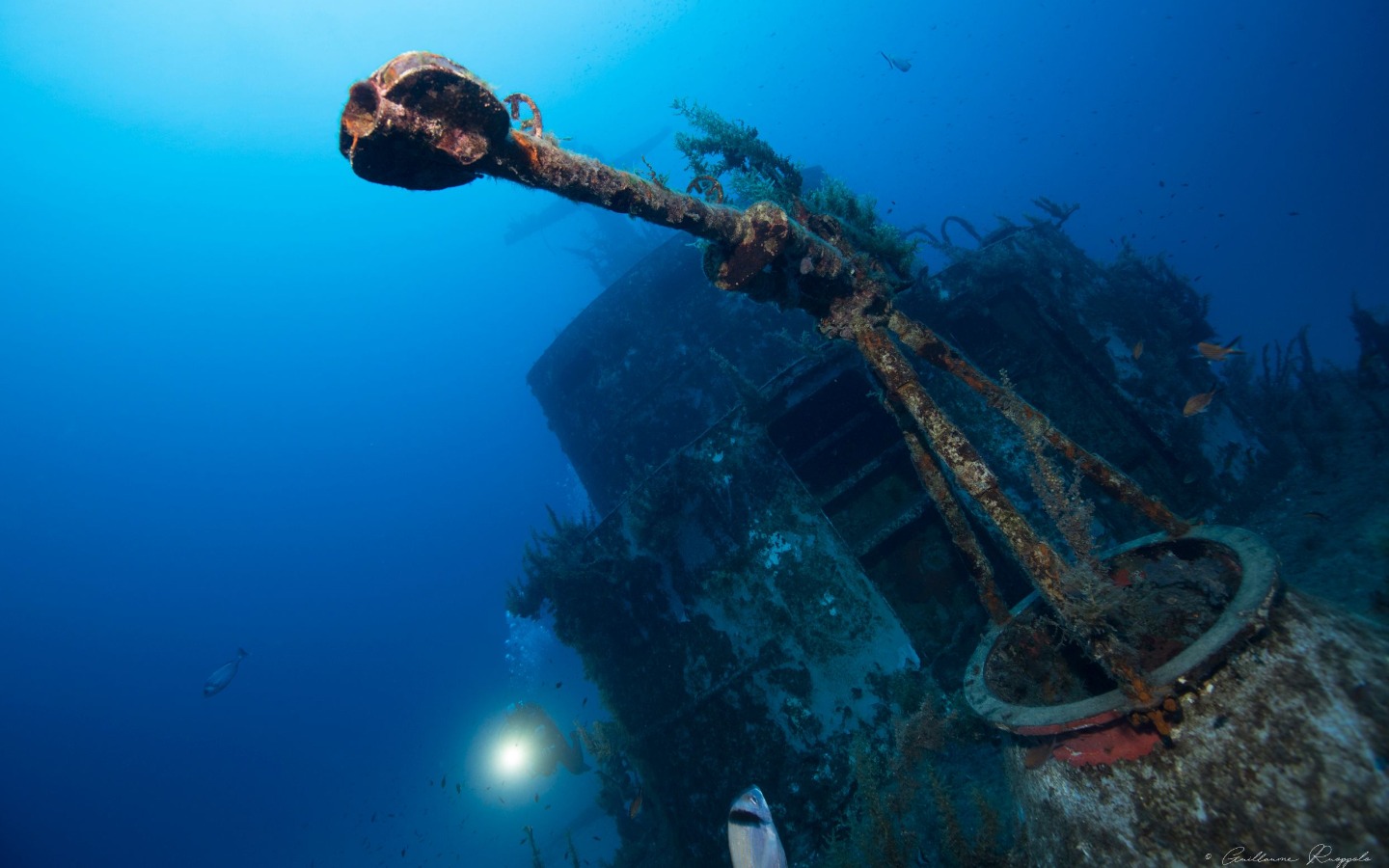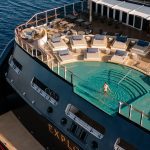Brilliance abounds in our industry
Ian Stalker
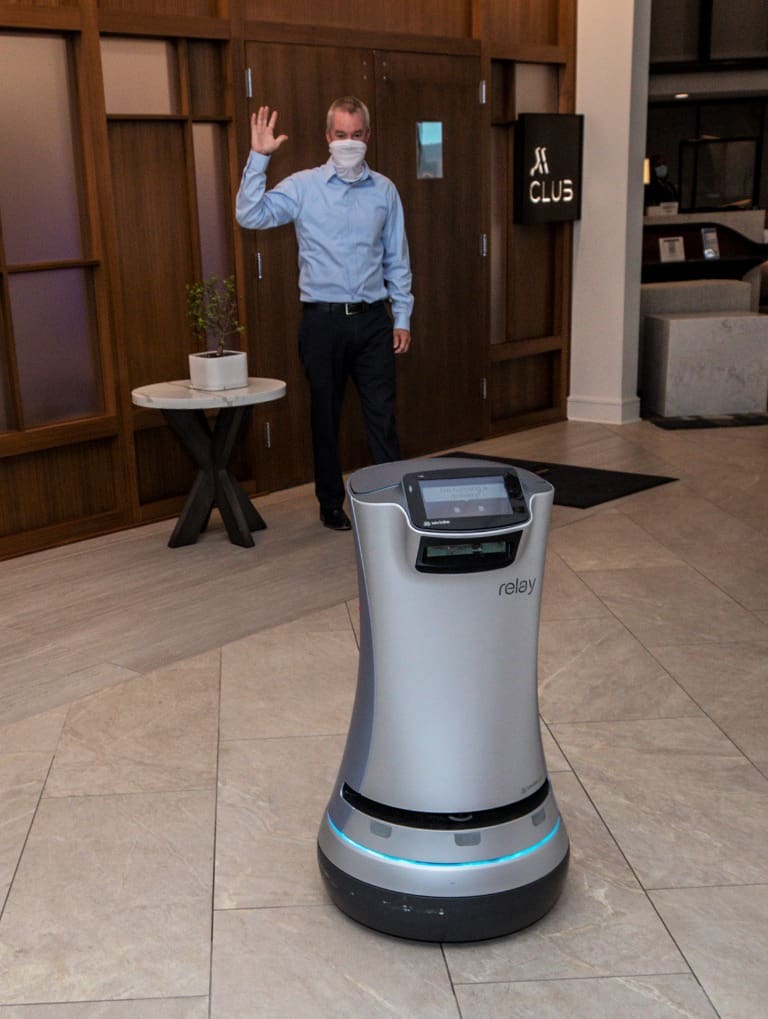
Norfolk Waterside Marriott Hotel
Meet the Marribot
Norfolk, Virginia’s Norfolk Waterside Marriott Hotel isn’t simply using a high-tech method of helping keep staff and guests apart during these days of social distancing.
Instead it’s using an extraordinarily high-tech method.
The property is using a robot dubbed Marribot — with the name being a contraction of Marriott and robot, and chosen after an internal contest among hotel employees — to undertake such tasks as delivering room service, with hotel general manager Jesse Hemphill saying Marribot isn’t the first robot to surface in the hotel industry but is a first “for our region and it is the latest and greatest. Never before has the technology been so advanced and problem-free.”
Marribot is described as an automated delivery system, and “her (the hotel has decided her gender is female) primary use is to deliver requests from our guests to their rooms.”
And, Hemphill notes, the “robot concept certainly presents an interesting method for guest safety and social distancing. It’s also important to be focused on the many ways to enhance hospitality.”
 The robot is connected to the hotel’s phone system and will call the room it’s delivering to when it arrives outside the guest’s door.
The robot is connected to the hotel’s phone system and will call the room it’s delivering to when it arrives outside the guest’s door.
She arrives unaccompanied by a human employee, with Hemphill declaring that “she boasts her independence. She has a specific elevator that has been outfitted with hardware that communicates between Marribot and the property network. She is able to call the elevator and have it take her to whichever floor she needs to go to.
“One night on Monday night football the two announcers were going back and forth about this robot that delivered a toothbrush to their hotel room,” Hemphill continues. “Our corporate managing director witnessed this dialogue unfold and thought it would be the perfect attribute to our upcoming large scale renovation. Now, it is a clear statement to our full commitment to the future of this property and compliments the newly renovated property perfectly.”
Hemphill says Marribot routinely wows guests: “How often do you see something move out of the corner of your eye only to realize it was a robot scooting by? We are always seeing posts and videos shared on social media from our excited guests and their interaction with their new robot friend.”
Hemphill reassures that guests won’t have to reach for their wallets after futuristic delivery of their room service.
“No, Marribot is not a tipped position, but don’t worry — she makes a good salary to support her Starbuck’s habit,” Hemphill states.
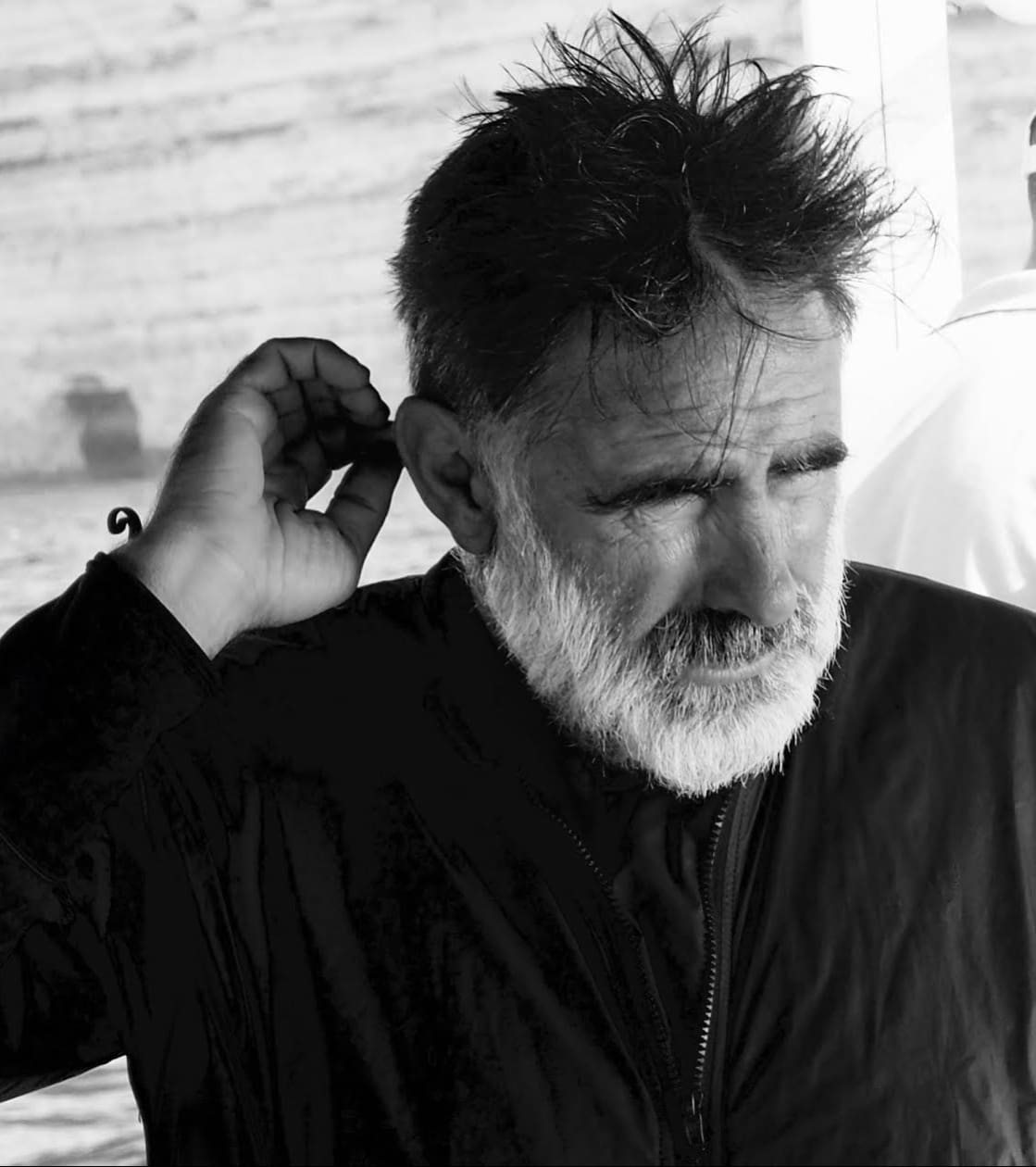
Tim Gambin
The Virtual Museum - Underwater Malta
Ceramic objects the Phoenician boat was carrying can be seen by those visiting a project that uses 3-D models, VR video and photography to enable people to see panoramic underwater views of vessels and aircraft that have generally been “out of sight and more often out of mind” from the comfort of their own homes.
But tourism officials also hope that images of shipwrecks and sunken planes — “historic time capsules” in the words of the museum — will spur interest among divers in Malta vacations.
The Underwater Malta project was done in collaboration with the Malta Tourism Authority, the University of Malta, and Heritage Malta, and is the result of five years of collecting images and data that allow audiences to get the “full underwater exploration experience.”
It now features 10 sites at depths of up to 110 meters and it’s hoped another 10 will be added by the end of 2020 and more in 2021. Museum visitors can now view shipwrecks and sunken planes off Malta’s coast. Images and accompanying descriptions are provided for the likes of WW II planes, among them an American B24 Liberator bomber, a Luftwaffe JU 88 aircraft, and a British Bristol Beaufighter.
Displayed ships include the HMS Stubborn submarine and HMS Maori destroyer, British naval vessels that fought in the Mediterranean in that same conflict, with Malta having played a pivotal role in WWII campaigns because of its location. The Maori’s eventful history saw it sunk during a German bombing raid, raised and eventually scuttled.
University of Malta professor Tim Gambin says, “the concept of the museum highlights the importance of Malta’s heritage that can only be found underwater. What we see today is just the tip of the iceberg. There was intense research done behind this project using different media and technology to unveil the 10 sites online now,” adds Gambin, who’s hopeful the museum will boost Malta’s popularity among divers.
“This could be massive as divers will be in a position not only to choose the sites they wish to dive but also plan aspects, such as photography etc. We will also be adding sites over the coming 24 months so even people who have already traveled to Malta will be wooed back by new sites,” says Gambin, who serves as the museum’s director and holds a doctorate in maritime archeology.
“The Phoenician shipwreck is the oldest in the central Mediterranean — its inclusion, along with more recent sites — helps provide the visitor with an idea of the variety of submerged cultural assets present in Maltese waters.”
Although the museum’s focus is on history, it does intend to add sections on local marine life.
Malta Tourism Authority CEO Gavin Gulia notes that the museum “is a first, not just for Malta, but for the entire Mediterranean region. This Virtual Museum will enrich our diving tourism.”
Gulia noted that in 2019 there were over 100,000 tourists visiting Malta who took part in diving activities. “This Malta Underwater project will also make more of Malta’s cultural heritage accessible to all tourists, not just the divers.”

Julia Wong
Luxury Gold
Canadians can explore within their own backyard on Luxury Gold’s 14-day Majesty of the Rockies, and on select Chairman’s Collection departures dates, meet former National Ski Team member and B. C. native Rob Boyd — an Olympic competitor and three-time winner on the World Cup ski circuit — at the Four Seasons Whistler during a cocktail reception.
“I’m delighted that we’re able to showcase Canadian sports athleticism and truly offer experiences that travellers cannot access on their own. Our Chairman’s Collection experiences are exceptional and one-of-a-kind,” says Julia Wong, marketing manager for Luxury Gold Canada.
“It really is mind-opening to meet and hear about the life of such a notable individual and the role he has played for Canada in the Olympics. I hope and expect they (those on the tour) will enjoy hearing some Canadian history and interacting with the locals.”
Wong says Luxury Gold is determined that its tours not be mainstream.
“There is so much opportunity in terms of marketing and the experiences we can offer guests,” she says. “The more creative we can be, the better – creativity is what offers the most unique experiences and what clients would be most attracted to. The sky’s the limit in the travel industry, though we must still operate sustainably, consciously and ensure we #MakeTraveMatter, which we do through our TreadRight Foundation.”
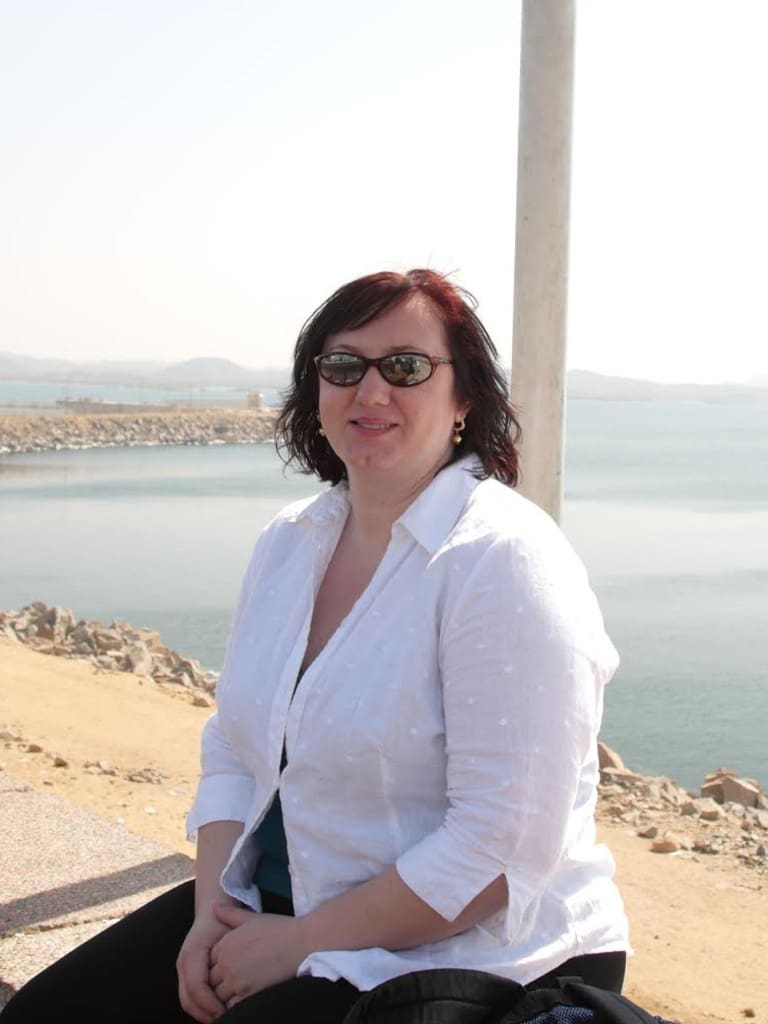
Renata Snidr
NARAT
NARAT has a tour it believes has people in destinations visited dressed for success when it comes to entertaing those visiting part of Indochina.


